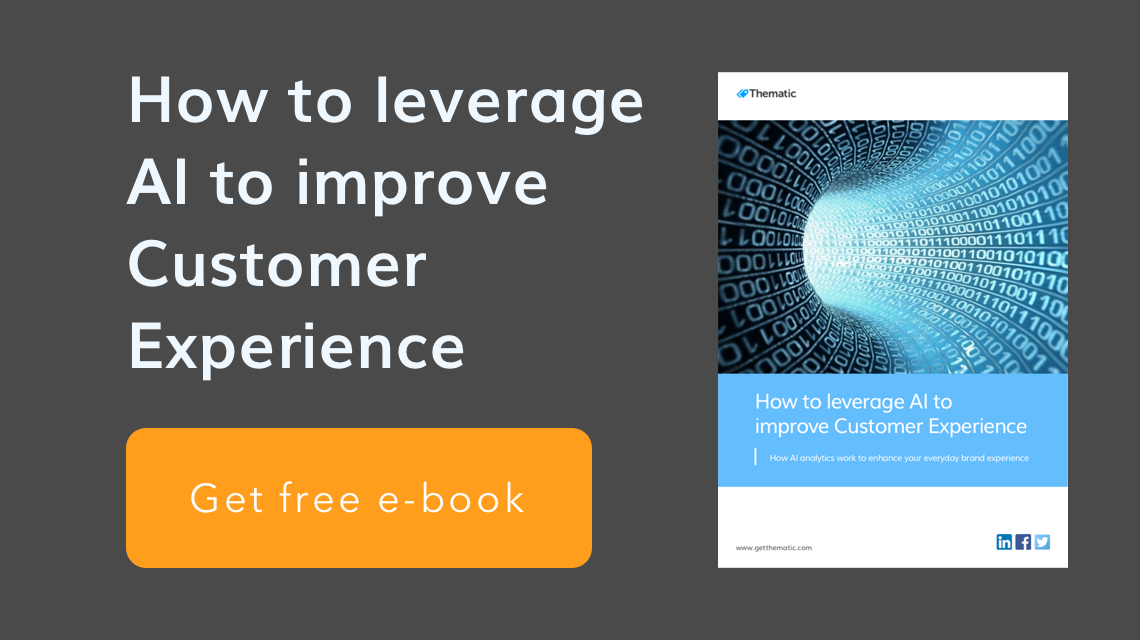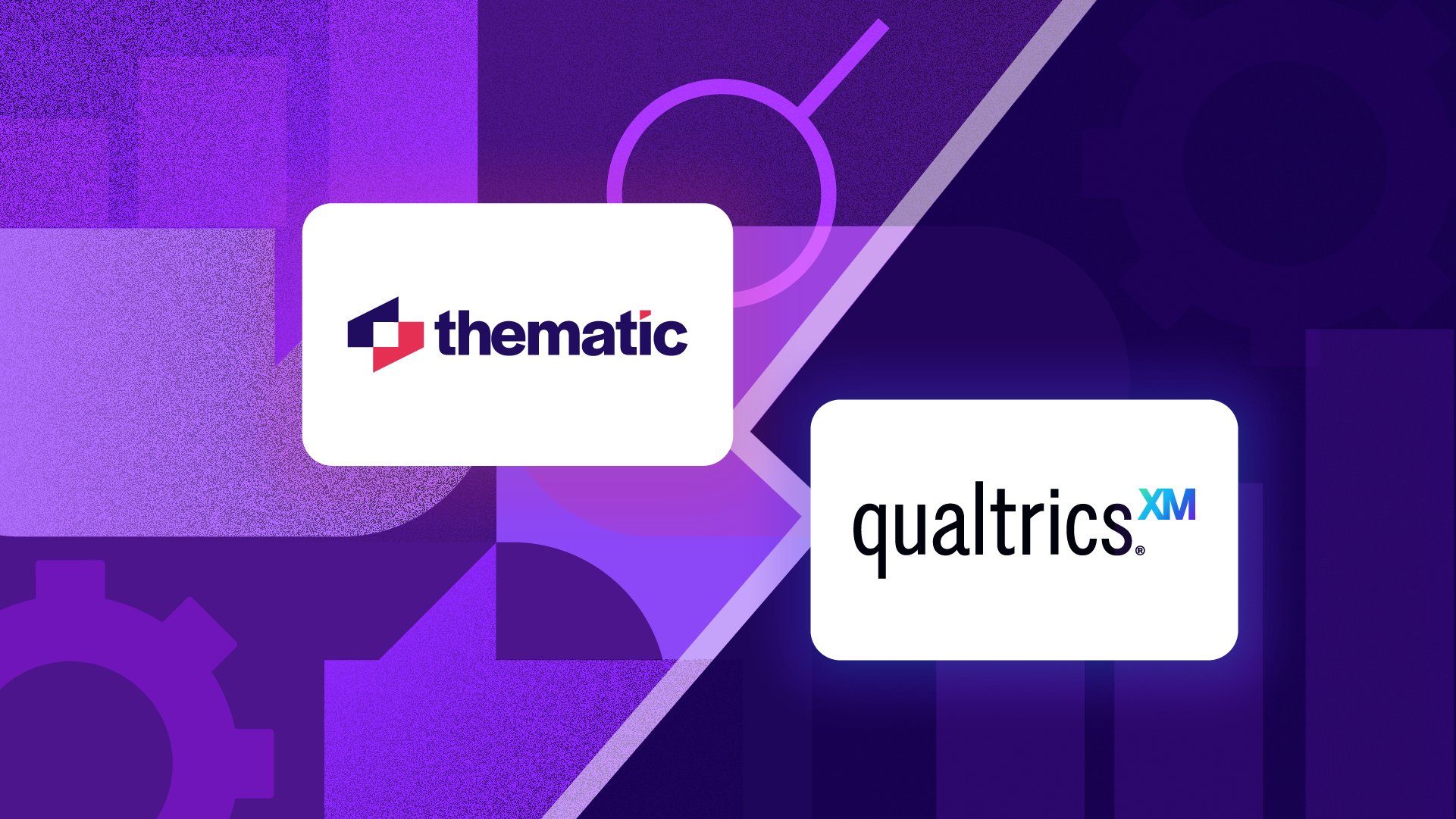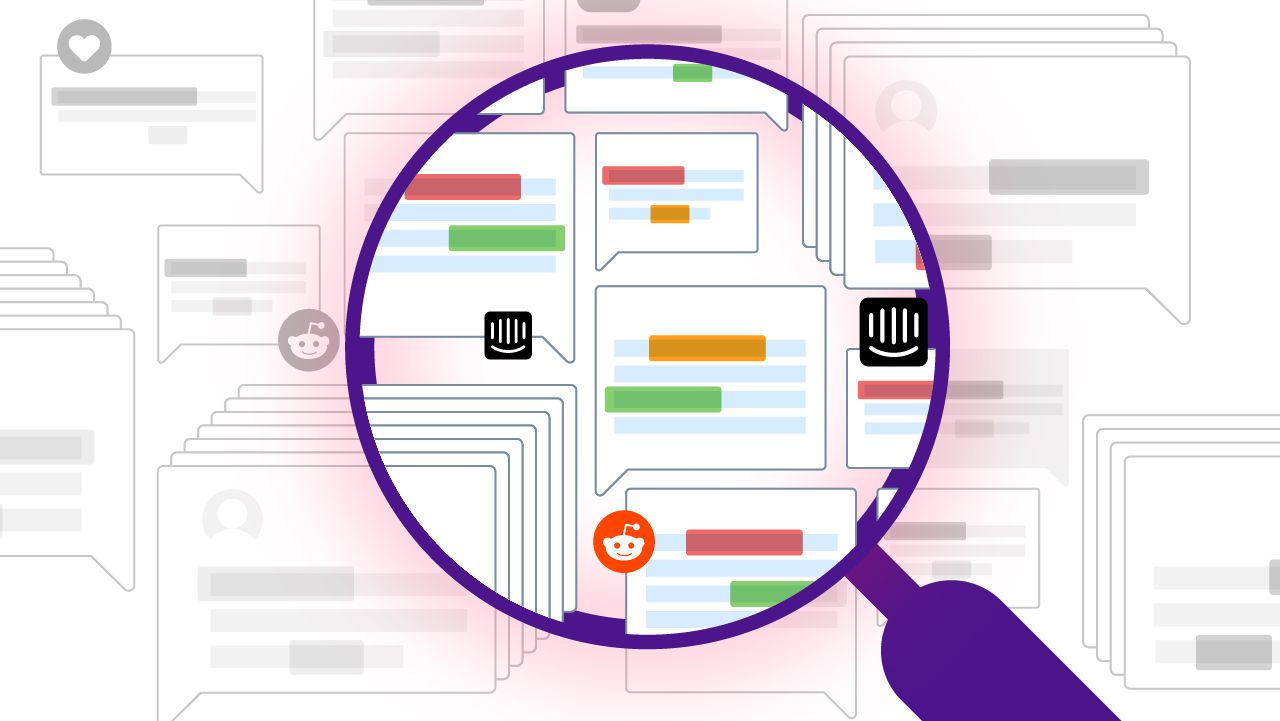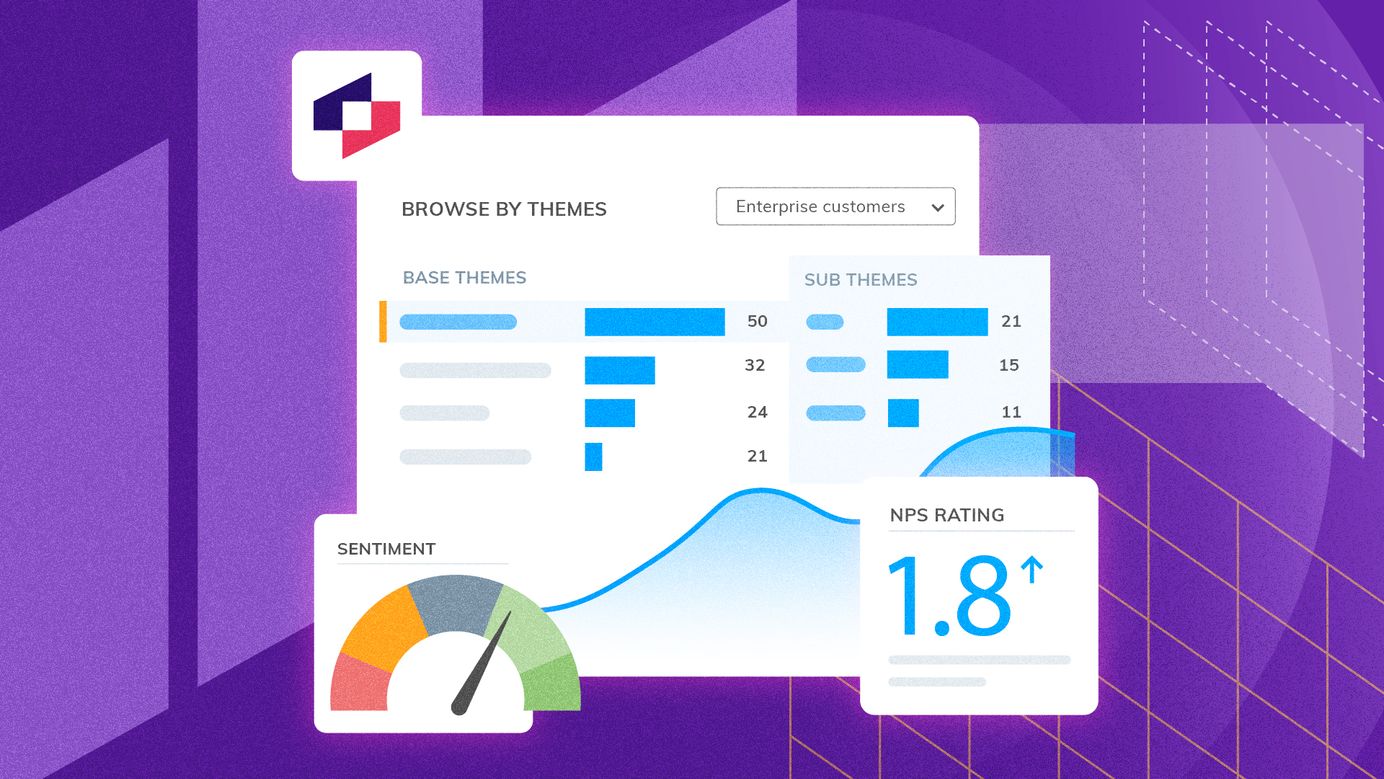
The top everyday AI analytics you need to know
Continuing our blog series on artificial intelligence AI (see earlier blog posts), we share some examples of everyday AI applications and commonly used AI analytics. If you look hard enough, you’ll find plenty of everyday examples of how businesses have used AI to make your (and their) life easier, thus improving the customer experience.
Here are some natural language processing (NLP) examples you use every day without noticing:
- Machine translation (for example, in Google translate, see image below)
- Image analysis (recognition of objects of interest)
- Autocomplete (that annoying little helper that often gets it right, but oh so often gets it embarrassingly wrong!)
- Intent detection in chatbots and search engines (did you mean…?)
- Automated coding of customer feedback (as opposed to manual labor)
- Voice to speech detection (iPhone’s Siri as an example)
- Predictive analytics (predicting the future based on past actions)
- Prescriptive analytics (automatically detecting risks and triggering an action)
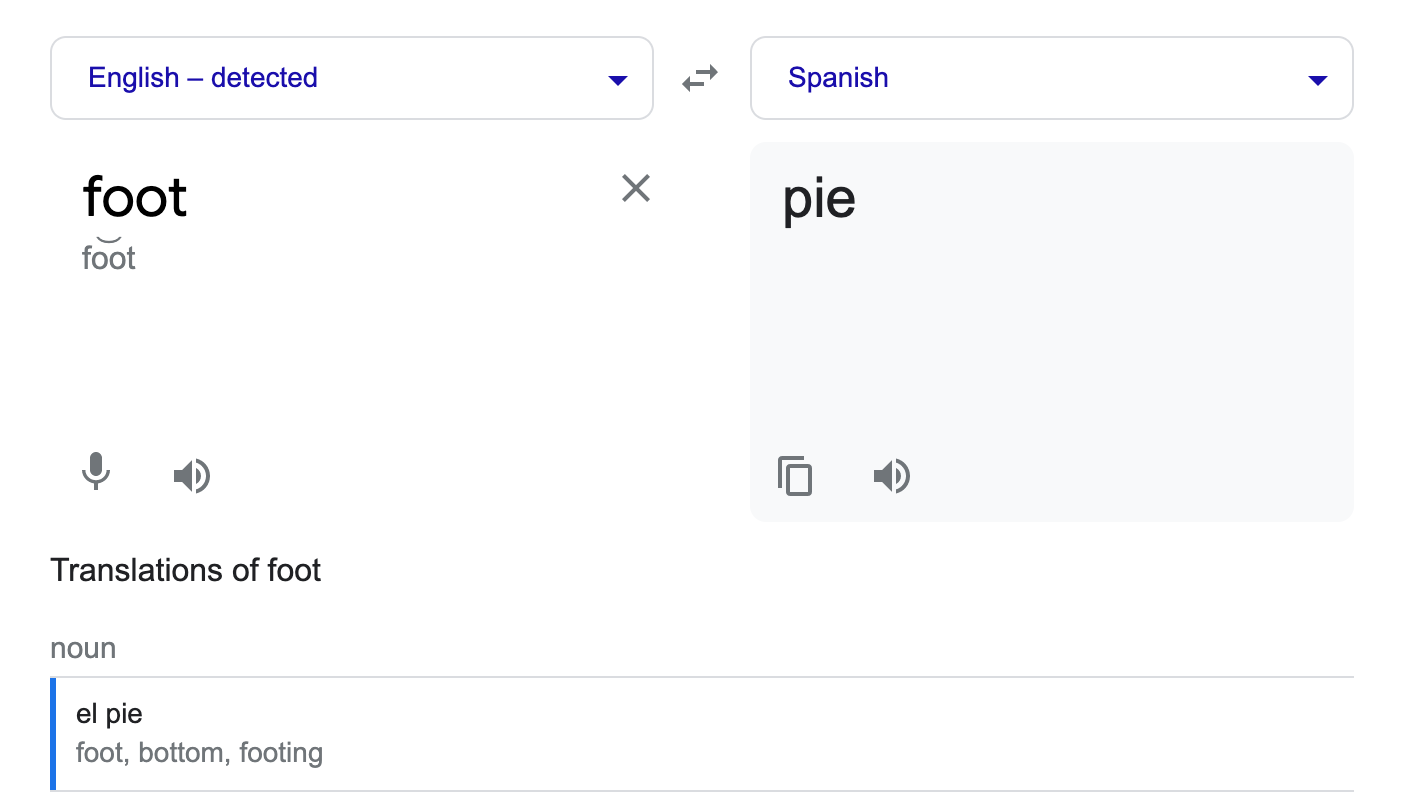
Image credit: Google
How Amazon gets AI right
You may have heard of Amazon’s ground-breaking shipment anticipatory model. Using your prior Amazon activity, including your time on site, duration of views, links clicked and hovered over, shopping cart activity and wish lists, Amazon predicts the sale accurately enough to make it worthwhile to ship close to your home before you buy. Imagine ordering something online and it arrives one hour later at your door. That makes for a pretty unique customer experience. It’s a prime example of how AI works as a win-win situation for both parties.
Amazon is often cited as the best in class case study for customer experience. Why is it so successful? Potentially one of the reasons the company is able to take so many risks with its customer strategy is that it doesn’t need to turn a profit.
To note, Amazon has been criticized in the past for its failure to make money. However, in the third quarter of 2017 Amazon boasted a profit for the 9th quarter in a row, although before that the numbers were very up and down year to year. According to Investopedia this is called a slow burning model to a sustaining business (Forbes, 2017).
The difference between Predictive, Descriptive and Prescriptive Analytics
Because surveys are not always practical or will give accurate results, advanced analytics is useful as it can infer customer feedback from the growing volume of digital exchanges that are taking place in businesses today.
We’ll take you through a few different types of analytics to show you how AI works in action; Predictive, Descriptive and Prescriptive Analytics.
- Descriptive analytics answers the questions: What happened? Where revenue is less? Why it is so? It may be applied in CX by analyzing: How many customers have churned? Why did they churn? It uses KPIs, dashboards and charts to explain this. As an example, Netflix uses data mining to find out correlations between different movies that subscribers rent and then recommend the one which you are most likely to watch.
- Predictive analytics concludes what’s likely to happen based on history. It uses statistical methods and data mining to understand the relationships in input data and predict the outcome. An example is ING using personalized campaign offers in real time by predicting who will respond, to increase 30-40% response rates and reduce direct marking costs by 35% per year.
- Prescriptive analytics takes it one step further, automatically detecting risks or opportunities and then triggering an action based on that detected situation It answers the questions: What is the best course of action for given situation? What actions to be taken to retain these predicted churners? A good example here is Amazon.com using price optimization based on demand to increase the online shopping revenues.
In summary, prescriptive analytics is where you know what the future is, but you’ll also know what to do with it (Customer Think, 2016).
If you’re looking to adopt AI techniques for your business; regardless of how you adopt AI, the success lies, as ever, in uncovering customer insights, the deep truths that companies can use to create better customer experiences. As Quentin Hardy, Head of Editorial at Google Cloud, wrote for the Harvard Business Review: “the technology works to the extent that its owners know what it can do, and know their market”.
Here at Thematic, we’ve developed the latest AI technology and using our algorithms, you can pull deeper, actionable insights from data. We can help you discover what you’re doing well and what you could improve — if it sounds like just what you need, get in touch here.
Stay up to date with the latest
Join the newsletter to receive the latest updates in your inbox.

